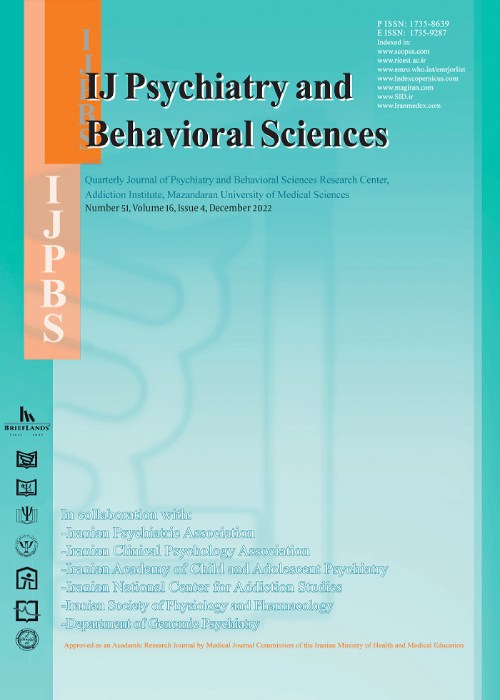Dropout from Rehabilitation and Its Associated Factors in Children with Developmental Disabilities in Tehran Rehabilitation Centers
Improvement of the quality of life of people with developmental disorders and their full integration within society requires comprehensive mental, intellectual, and physical rehabilitation. To achieve a favorable outcome, rehabilitation should be delivered in a continuous manner and with small attrition. Research in this area is scarce.
The current study aimed to determine the incidence of dropout from rehabilitation and its associated factors in children with developmental disorders.
In this prospective study, we recruited 225 children with developmental disorders and their parent (s) seeking rehabilitation services for the first time. They attended different centers in all regions of Tehran during 2016 - 2017. We completed a checklist using semi-structured interviews. The follow-up was performed every three months for at least six months to record the dropout from rehabilitation and the associated factors. Data analysis included the chi-square test and logistic regression.
The dropout rate was found to be 10.9% within three months and reached a total of 19.3% in six months. It was significantly associated with the following factors after eliminating confounding effects: (1) poor family satisfaction with the centers in three-month analysis (OR = 10.76; CI: 2.764 - 41.906, P = 0.001) and after six months (OR = 4.51; CI: 1.30 - 15.67, P < 0.02); (2) the type of service sectors (public and charity vs. private) (OR = 7.12; CI: 2.12 - 23.93, P = 0.002); (3) moderate severity of the developmental disorder in three-month analysis (OR = 4.55; CI: 1.24 - 16.78, P < 0.03); (4) child's perceived “lack of cooperation” in attending rehabilitation sessions in six months (OR = 6.79; CI: 1.42 - 32.53, P < 0.02); and (5) the type of developmental disability (specific learning disorder vs. others) in six months (OR = 6.68; CI: 2.85 - 15.65, P < 0.001). In the open questions, the high cost of services was stated as the most important reason for dropout.
Our findings indicate that dropout was associated with family dissatisfaction with the low quality of services, mainly in the public and charity centers. Children with disabilities of moderate severity were most likely to drop out from rehabilitation. Specific learning disorders seem to be the most challenging type of disability that leads to the highest dropout rates. The findings provide opportunities for further research in this area and to gain more information to render rehabilitation services more efficiently.
- حق عضویت دریافتی صرف حمایت از نشریات عضو و نگهداری، تکمیل و توسعه مگیران میشود.
- پرداخت حق اشتراک و دانلود مقالات اجازه بازنشر آن در سایر رسانههای چاپی و دیجیتال را به کاربر نمیدهد.


